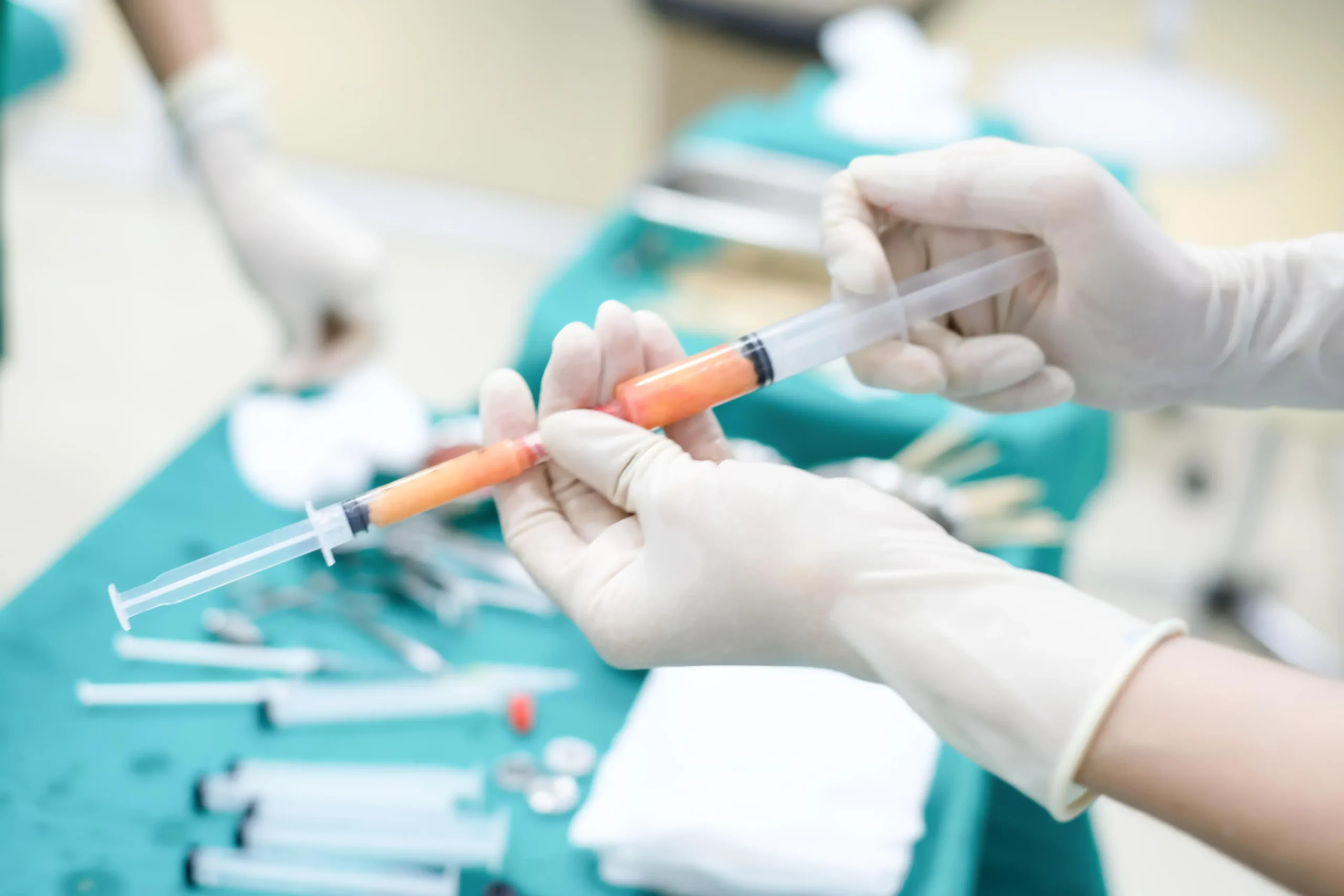
My calendar had the date circled. But the real process began earlier than that. Instructions came quickly: stop certain supplements, avoid specific medications, and prepare the home space. My usual routines needed adjusting. The surgeon wanted me to be in optimal condition—not just physically, but mentally. That meant fewer distractions, fewer obligations, and more rest. I didn’t think recovery began before the procedure, but it did, quietly and slowly.
I was told to stop everything that thins blood—even things I didn’t expect
I assumed aspirin and ibuprofen were obvious, but the list grew fast. Fish oil? Gone. Turmeric? Stop. Vitamin E? Not allowed. Even herbal teas could interfere. I didn’t realize how much I consumed without thinking. My daily routines—multivitamins, anti-inflammatories, even post-workout shakes—had to be paused. It felt inconvenient, but it made sense. Bruising, swelling, bleeding—all of it ties to blood flow. I followed every instruction like a script.
My compression garment had to be ready before I even walked into surgery
I thought they’d hand it to me on the day. I was wrong. I had to buy one early. Try it on. Make sure it fit tightly, but not too tight. It needed to support without suffocating. I wore it around the house for an hour each day. It wasn’t comfortable, but I got used to the grip. That familiarity mattered when I woke up sore and swollen. There was comfort in knowing I’d practiced.
I rearranged furniture so I could lie down without rolling onto my back
The bedroom had to change. My mattress felt fine before—but not for this. I pushed the bed against the wall so I wouldn’t roll. Cleared a table near the headboard. Placed water, wipes, charger, remote, and a notebook within arm’s reach. I created a small, contained space. No extra movements. No climbing over anything. It wasn’t about luxury. It was about efficiency. Everything needed to support one thing—stillness.
I made frozen meals because cooking after surgery didn’t seem realistic
Standing in the kitchen for even ten minutes would be difficult. Chopping, lifting pans, reaching up—all risky. I prepped soups, pasta, and smoothies. Labeled them by day. Used containers I could open with one hand. I didn’t want to rely on takeout or others. Planning meals felt basic, but it ended up being one of the most helpful things I did.
I stopped shaving two days before, not one
The nurse told me to let the skin rest. No razor cuts. No irritation. Even if invisible, damaged skin could invite infection. So I paused all shaving 48 hours before. No exfoliation. Just gentle soap and patting dry. It was a small change, but it mattered. The skin needs to be untouched, clean, and calm. That level of detail made me rethink everything I did with my body daily.
I packed more for the surgery center than I expected
They told me to arrive early, but not empty-handed. I brought a small pillow for the car ride home. A soft robe. Slip-on sandals. Lip balm. An extra pair of underwear. I added earplugs, a charger, and water. No makeup. No jewelry. My bag looked light—but felt complete. The checklist wasn’t about comfort. It was about practicality.
I practiced sleeping on my stomach a full week in advance
The most challenging part wasn’t the pain. It was the position. I had to lie on my stomach for hours. No turning. No side sleep. That meant retraining my body. I practiced for days. Bought a face cradle. Added extra pillows beneath my chest. At first, I woke up twisted or flat on my back. But with time, my body adapted.
I didn’t realize bowel prep was part of my plastic surgery plan
It wasn’t just what I ate—it was how my body responded. The surgeon recommended avoiding constipation at all costs. That meant adjusting fiber, hydration, and even introducing stool softeners. I thought bowel prep was for colonoscopies. But here, it was essential. Pressure in the abdomen affected the surgical site. Straining could ruin stitches. It sounded dramatic—until I imagined it.
The doctor asked about past surgeries—details I hadn’t thought about in years
Every scar, every recovery, every reaction mattered. I had to list procedures I barely remembered. Childhood tonsil removal. Dental anesthesia. A skin biopsy from college. Nothing was too small. I never realized how much past medical history followed the present. They wanted to see patterns. Clues. Even allergies that never returned.
I took before photos—not for vanity, but perspective
I hesitated. Felt silly. Then I did it. One from the side. One from behind. A third from an awkward low angle. No filters. Just raw reference. Those photos became tools. In recovery, when swelling clouded everything, I looked back. Progress felt invisible until I compared.
The hardest part was telling people I’d be unavailable without explaining why
Not everyone needs to know. But some people notice. I cleared my calendar. Said I was “resting.” Kept it vague. A few friends asked. Others respected the silence. I wrote an out-of-office message that said nothing specific. The privacy gave me peace. I didn’t owe details to anyone.
I stocked up on things I didn’t think I’d need
Toilet risers. Drinking straws. Arnica gel. Ice packs. Compression socks. Wipes. A grabber stick. Each item seemed over-prepared. Then, during week one, each proved essential. I reached without bending. Ate without leaning. Laughed at the absurdity—and then felt grateful I had planned.
Source: Buttock Augmentation in Dubai / Buttock Augmentation in Abu Dhabi
